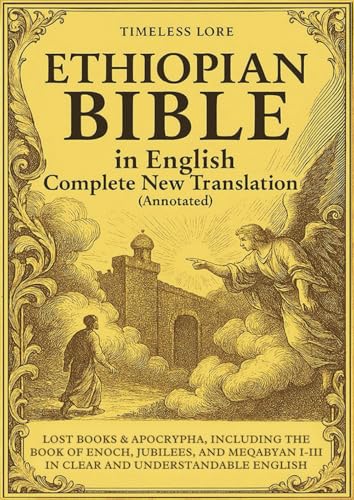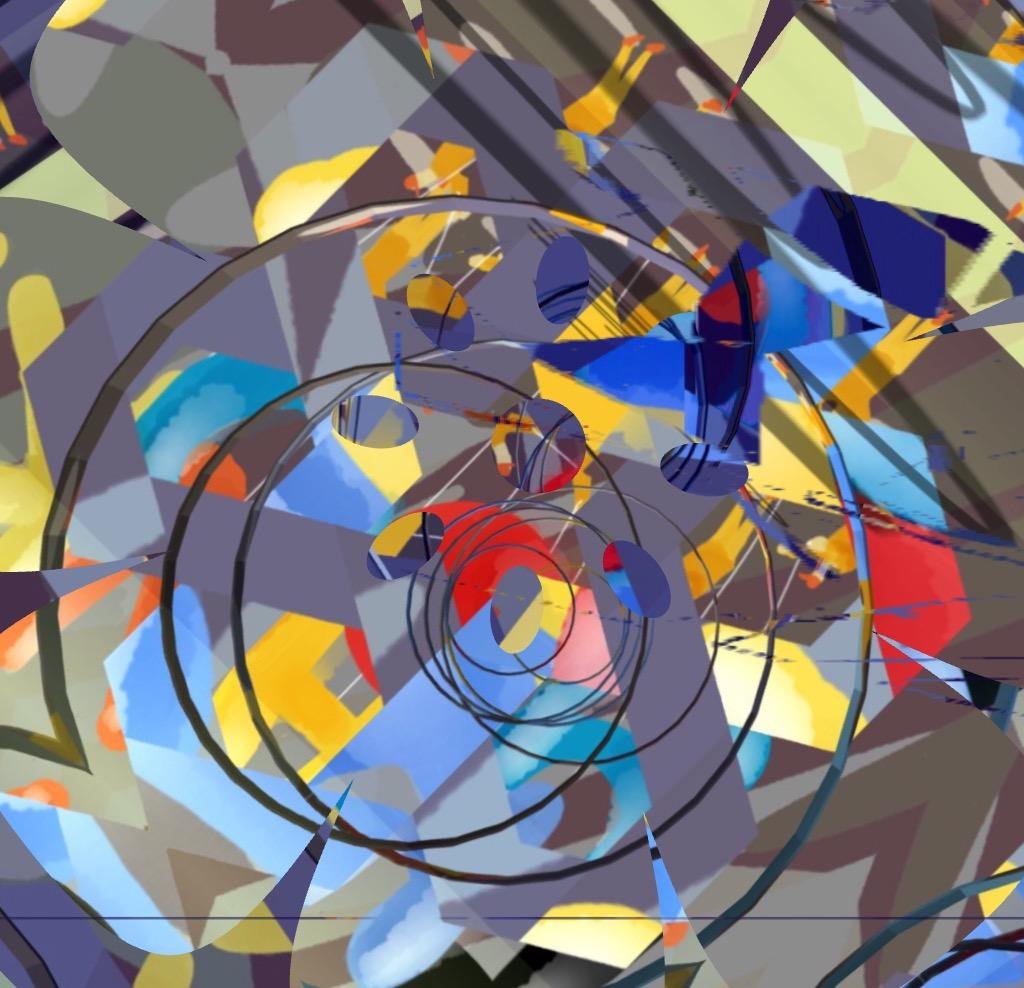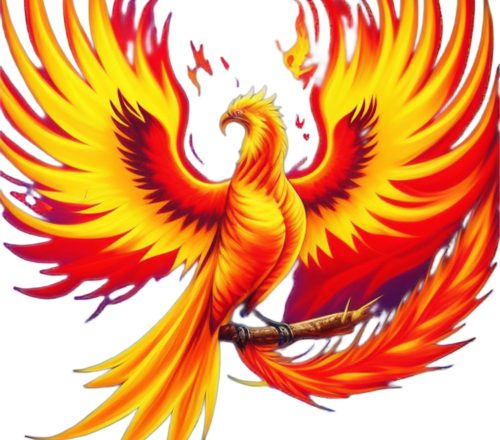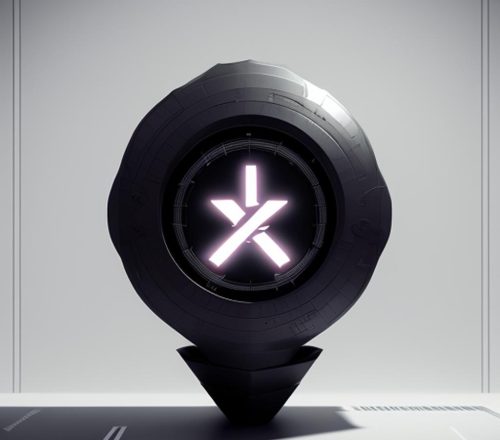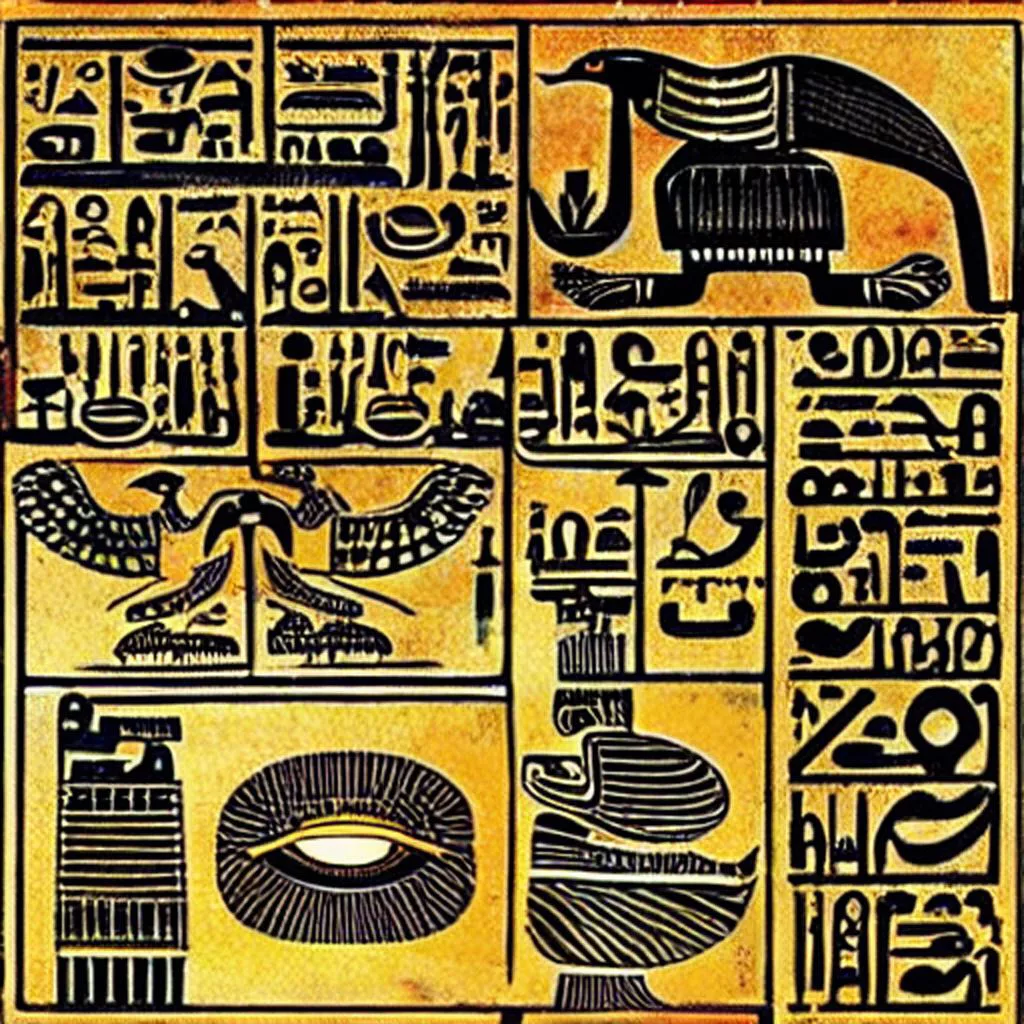
Table of Contents
Ancient Egyptian symbols meaning
The Ancient Egyptians had a rich and complex system of symbols, many of which played important roles in their culture and religious beliefs. Here are some of the most significant symbols in Egyptian culture:
The most important symbols in egyptian culture
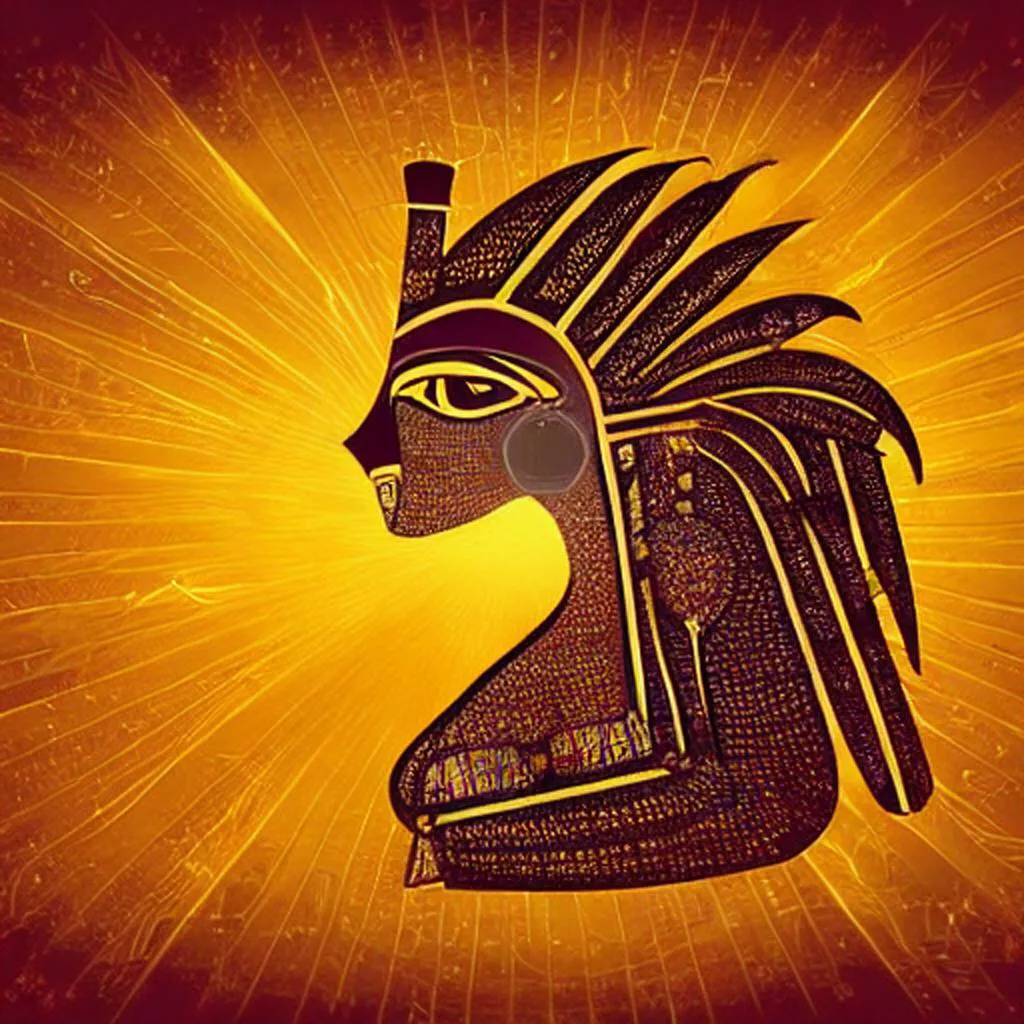
The Ankh
This symbol represents life and was often depicted in the hands of the gods and pharaohs, being offered to the pharaohs as a symbol of their divine power to give and sustain life.
The Ankh is an ancient Egyptian symbol that represents the concept of “eternal life” or “everlasting life”. It consists of a looped cross that resembles a key or a knot, with the loop sitting atop a straight line. The Ankh symbol was widely used in ancient Egypt and can be found in many hieroglyphic inscriptions, tomb paintings, and other forms of Egyptian art.
The Ankh was believed to be a powerful symbol of life and was often depicted in the hands of gods and goddesses, pharaohs, and other important figures in ancient Egyptian society. It was also frequently placed in tombs and used in funerary contexts, where it was believed to offer protection and ensure the continuation of life in the afterlife.
The exact origins of the Ankh symbol are uncertain, but it is believed to have been in use as early as the Early Dynastic Period (c. 3100-2686 BCE) and continued to be used throughout the Pharaonic Period (c. 2686-332 BCE) and beyond. The symbol was often associated with the goddess Isis and the god Osiris, who were both associated with death and rebirth, and was seen as a symbol of their power to grant eternal life.

The Scarab Beetle
This symbol represented renewal and transformation, as well as the cycle of the sun, and was associated with the god Khepri.
The Scarab Beetle, also known as the sacred scarab, was a symbol of great significance in ancient Egyptian culture. It was believed to be a symbol of resurrection, rebirth, and transformation.
The scarab beetle was associated with the god Khepri, who was often depicted as a scarab or as a man with the head of a scarab beetle. Khepri was believed to be responsible for rolling the sun across the sky each day, representing the cycle of life, death, and rebirth.
The scarab beetle was also associated with the god Ra, who was the sun god and the ruler of the heavens. The scarab beetle was believed to push the sun across the sky in the same way that Khepri did, symbolizing the power of rebirth and regeneration.
In addition to its association with the gods, the scarab beetle was also closely linked to the process of mummification and the afterlife. Scarab amulets were often placed on the mummified body of the deceased to ensure their safe passage to the afterlife. These amulets were also inscribed with magical spells and symbols to protect the deceased from harm and to help them in the afterlife.
Overall, the scarab beetle was seen as a powerful symbol of transformation, renewal, and eternal life in ancient Egyptian culture. It was believed to offer protection and guidance to those who wore it or carried it with them, both in life and in the afterlife.
The Eye of Ra (or Horus)
This symbol represented protection, power, and good health, and was associated with the sun god Ra.
The Eye of Ra or Eye of Horus (also known as the Wedjat Eye) was a powerful and widely recognized symbol in ancient Egyptian culture. It was believed to represent the eye of the god Horus, who was associated with the sky, the sun, and the pharaohs.
The Eye of Horus was also linked to the concept of divine protection and was believed to have protective powers. It was often used as an amulet and placed on the body of the deceased during the mummification process to ensure their safe passage to the afterlife.
The Eye of Horus was depicted as a stylized eye with markings that resembled the facial markings of a falcon, which was the sacred bird of Horus. The markings on the Eye of Horus were believed to represent the different fractions of measurement, which were important in ancient Egyptian mathematics and architecture.
The Eye of Horus was also associated with the goddess Wadjet, who was the patron goddess of Lower Egypt and was often depicted wearing the Wedjat Eye as a symbol of her protective power.
Overall, the Eye of Horus was a symbol of divine protection, royal power, and the pharaoh’s connection to the gods. It was believed to have the power to ward off evil, offer protection, and bring good luck to those who wore it or carried it with them.

The Lotus Flower
This symbol represented the sun, creation, and rebirth, and was often associated with the goddesses Isis and Hathor.
The lotus flower was a highly significant symbol in ancient Egyptian culture, representing the concept of rebirth and regeneration. The lotus flower was associated with the sun and creation, and was also linked to the goddess Isis, who was known for her nurturing and life-giving qualities.
In ancient Egypt, the lotus flower was often depicted in artwork and was used in religious ceremonies and rituals. The blue lotus flower (Nymphaea caerulea) was particularly important, as it was believed to have psychoactive properties and was used in religious ceremonies and for medicinal purposes.
The lotus flower was often depicted in the hands of gods and goddesses, symbolizing their power to create and bring new life. It was also commonly seen in tomb paintings and other forms of art, where it was used as a symbol of the resurrection and the afterlife.
The lotus flower was also used in the design of many important architectural structures in ancient Egypt, such as temples and tombs. For example, the Great Temple of Amun at Karnak had a sacred lake in front of it, which was filled with lotus flowers.
Overall, the lotus flower was a powerful and meaningful symbol in ancient Egyptian culture, representing the concepts of rebirth, regeneration, and the life-giving power of the gods and goddesses.
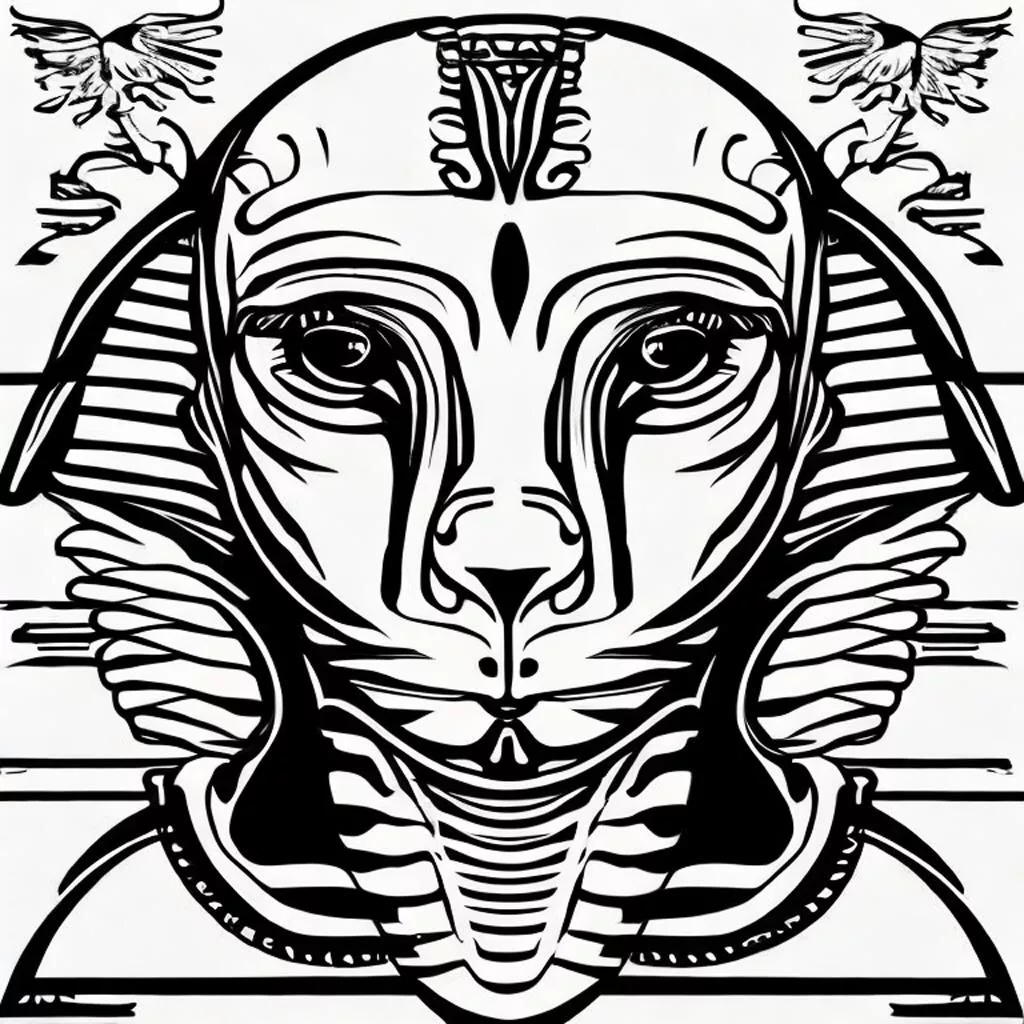
The Sphinx
This symbol combined the body of a lion with the head of a human and represented strength, wisdom, and mystery.
The Sphinx is a mythological creature with the body of a lion and the head of a human, usually depicted as a male. It was a highly significant symbol in ancient Egyptian culture, representing the power and authority of the pharaohs.
The most famous Sphinx in Egypt is the Great Sphinx of Giza, which stands on the west bank of the Nile River, facing the rising sun. It is believed to have been built during the reign of the pharaoh Khafre in the 26th century BCE.
The Sphinx was a symbol of royal power and divine authority. It was believed to be a guardian figure, protecting the pharaohs and their tombs from harm. The Sphinx was also associated with the sun and the cycle of life and death, as well as the god Horus, who was often depicted as a falcon-headed figure.
In addition to its protective and symbolic functions, the Sphinx was also believed to have mystical and magical powers. It was often used in religious ceremonies and rituals, where it was believed to offer protection and guidance to the pharaohs and their people.
Overall, the Sphinx was a powerful and highly symbolic creature in ancient Egyptian culture, representing the power and authority of the pharaohs and their connection to the divine. Its image was used in art, architecture, and religious ceremonies, and it continues to be a popular symbol in modern times.

The Djed Pillar
This symbol represented stability and endurance and was associated with the god Osiris.
The Djed Pillar is an ancient Egyptian symbol that was highly significant in their culture, representing the stability and endurance of the pharaoh’s power. It was often associated with the god Ptah, who was the patron of craftsmen and builders and was believed to be the creator of the universe.
The Djed Pillar is depicted as a tall, straight column with four horizontal bars near the top, representing the backbone of the god Osiris. It was believed to be a symbol of Osiris’ power and resilience, and was often used in funerary art and inscriptions.
The Djed Pillar was also associated with the concept of resurrection and the afterlife. It was believed to offer protection and support to the deceased on their journey to the afterlife, and was often depicted in tomb paintings and other forms of funerary art.
In addition to its symbolic associations with stability, endurance, and the afterlife, the Djed Pillar was also used in religious ceremonies and rituals. It was often used as a ritual object, representing the pharaoh’s connection to the divine and his power to ensure the stability and prosperity of the kingdom.
Overall, the Djed Pillar was a powerful and highly symbolic symbol in ancient Egyptian culture, representing the stability and endurance of the pharaoh’s power, as well as his connection to the gods and the afterlife.
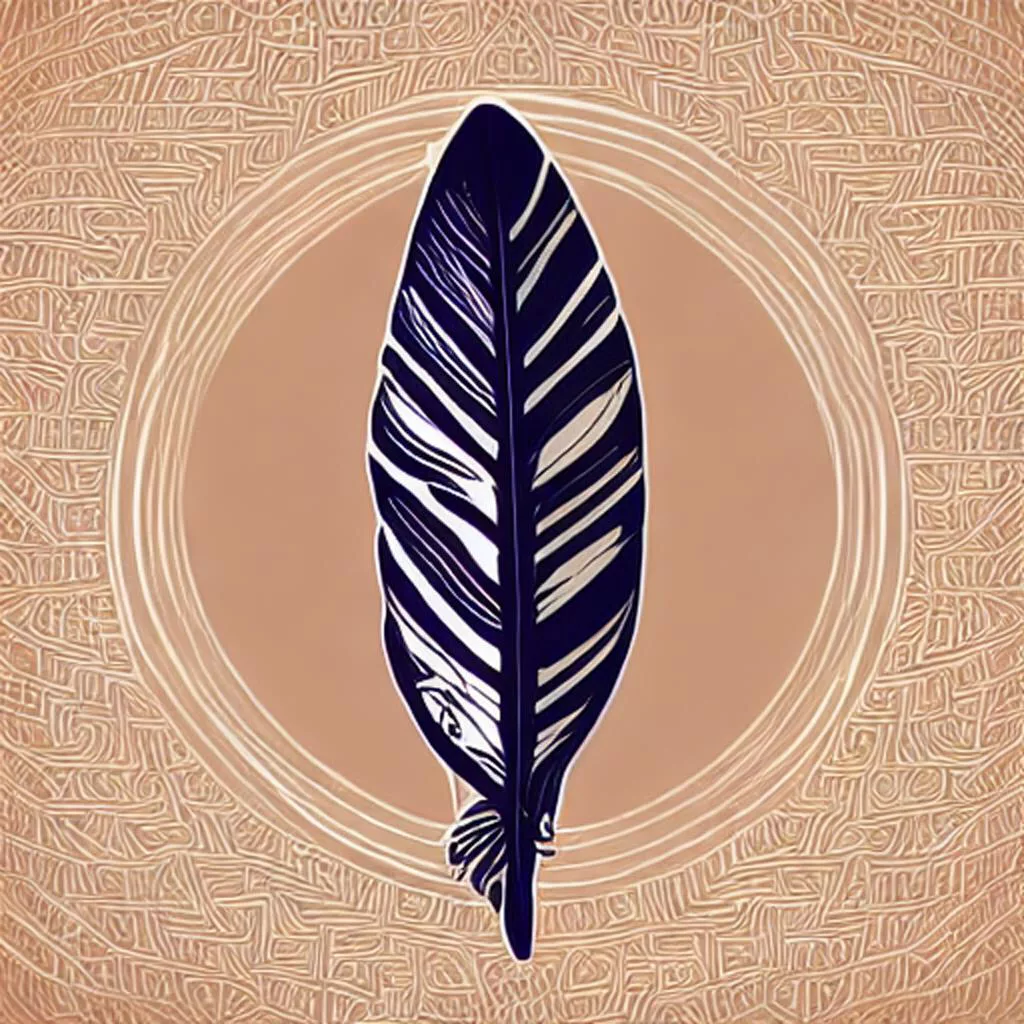
The Feather of Ma’at
This symbol represented truth, balance, and justice and was associated with the goddess Ma’at.
The Feather of Ma’at was a highly significant symbol in ancient Egyptian culture, representing the concept of truth, justice, and balance. It was often depicted as a single ostrich feather, usually white or light-colored.
The Feather of Ma’at was associated with the goddess Ma’at, who was the goddess of truth and justice. Ma’at was believed to be responsible for maintaining the balance and order of the universe, and the Feather of Ma’at was a symbol of her power.
In ancient Egyptian religion, the concept of Ma’at was central to the afterlife. It was believed that after death, a person’s heart would be weighed against the Feather of Ma’at in the Hall of Judgment. If the heart was found to be free of sin and in balance with Ma’at’s feather, the person would be granted eternal life in the afterlife. However, if the heart was found to be heavy with sin and out of balance, the person would be destroyed and would not be granted eternal life.
The Feather of Ma’at was also used in religious ceremonies and rituals. It was often placed on the scales used in the weighing of the heart ceremony, and was also worn as an amulet for protection and to ensure the wearer’s adherence to the principles of Ma’at.
Overall, the Feather of Ma’at was a powerful and highly symbolic symbol in ancient Egyptian culture, representing the concept of truth, justice, and balance, and playing a central role in the afterlife beliefs of the Egyptians.
These symbols played a central role in Egyptian religious beliefs, and they were frequently depicted in Egyptian art and architecture, such as temples and tombs, as well as on everyday objects like jewelry and amulets.
Shop tip
Egyptian symbols on Amazon
Which one is your favorite Egyptian symbol and why?
Sources openai Language models, aitrot, picsart and mib
Embark on a journey into the realm of affiliate marketing and craft your own website within a vibrant, supportive community. Join me in this adventure, where you can begin as a free starter and stay as long as you desire. Enjoy complimentary hosting and foundational teachings to set you on your path. For those with advanced skills, opportunities to elevate your expertise await. Take a moment to explore and witness the magic for yourself!

